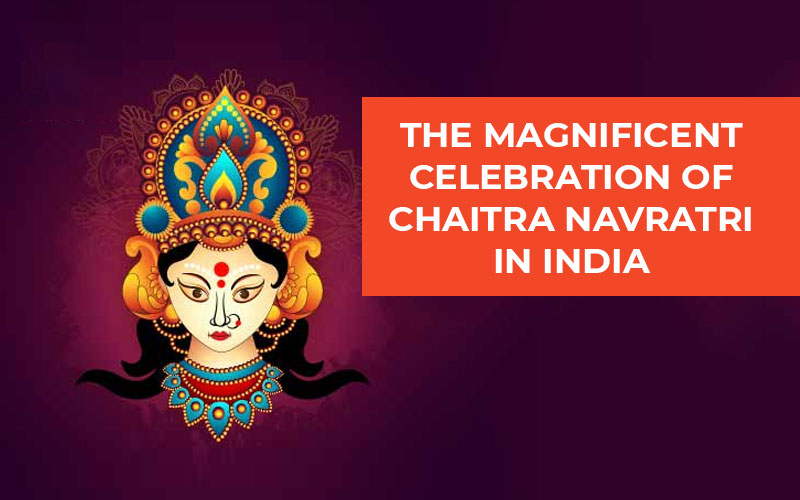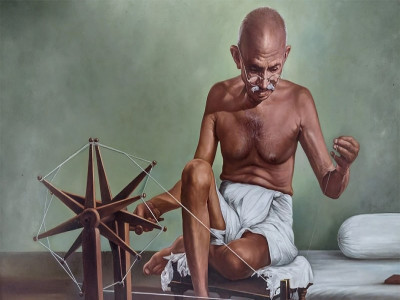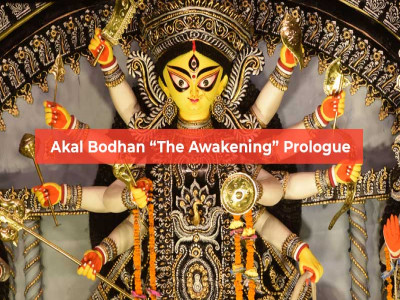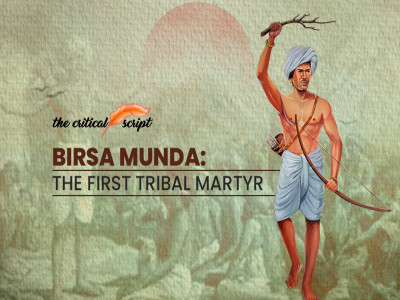
The Magnificent Celebration of Chaitra Navratri in India
India
is famous for being a land of festivals. Navratri is one of the most beautiful
festivals of the year and is celebrated with great zeal and enthusiasm
throughout the country. During the occasion, it is believed that Maa Durga
visits Earth and stays for nine days,
while blessing her devotees with wisdom and wealth.
This festival highlights the victory of dharma over adharma, right over wrong,
and good over evil.
As
per the Vedic calendar, the four types of Navratris are Chaitra, Sharad, Magha
Gupta, and Ashadha Gupta Navratri. However, the two noted ones are Chaitra and
Sharad Navratri. In both celebrations, the nine forms of Maa Durga are worshipped with great devotion and vivacity,
including Goddess Shailputri, Goddess
Brahmacharini, Goddess Chandraghanta, Goddess Kushmanda, Goddess Skandamata,
Goddess Katyanai, Goddess Kalaratri, Goddess Mahagauri, Goddess Siddidatri. All
these forms manifest the attributes of divine feminine power and strengthen her
eminence as the absolute spiritual power from which everyone and everything
derives.
Chaitra
Navratri is a nine-day Hindu festival that is celebrated in the Hindu month of
Chaitra, which usually falls in late March or early April. It is also known as
Vasant Navratri or Spring Navratri as it marks the arrival of the spring season
in India.
During
Navratri, devotees worship the nine forms of Goddess Durga, who is considered
as the supreme goddess in Hindu mythology. Each day of the festival is
dedicated to a different form of Goddess Durga and is celebrated with great
devotion and enthusiasm.
The
festival begins with the Ghatasthapana, marking the beginning of Navratri.
During this ritual, a clay pot filled with soil and grains is kept in the
prayer room and is worshipped for nine days. On the tenth day, the pot is
immersed in water.
The
festival is celebrated with fasting, feasting, and offering prayers to the Goddess.
Chaitra
Navratri culminates with Ram Navami, which marks the birth of Lord Rama, who is
considered as the seventh avatar of Lord Vishnu. On this day, devotees visit
temples and offer prayers to Lord Rama.
The
key difference between the
Chaitra Navratri and the more popular Sharad
Navratri celebrations in October is the timing and significance.
The
Chaitra Navratri comes in March and April, on the other hand, Sharad Navratri
is celebrated in the Hindu month of Ashwin, which usually falls in September or
October, and marks the end of the monsoon season and the beginning of the
autumn season in India.
Another
significant difference is that Chaitra Navratri is primarily celebrated in the
northern parts of India, while Sharad Navratri is widely celebrated across the
country.
Apart from
these differences, rituals and customs of both
Navratris are similar, where devotees worship the nine forms of Goddess Durga
and observe fasts. However, the food items that are consumed during the fasts
may vary depending on the region and personal preferences.
Overall,
both Navratris hold great significance in the Hindu culture and are celebrated
with devotion and enthusiasm by millions of people around the world.
Disclaimer: The opinions expressed in this article are those of the author's. They do not purport to reflect the opinions or views of The Critical Script or its editor.

Newsletter!!!
Subscribe to our weekly Newsletter and stay tuned.

















Related Comments